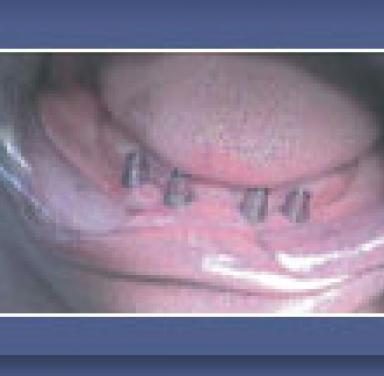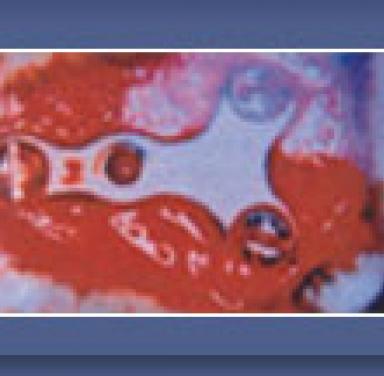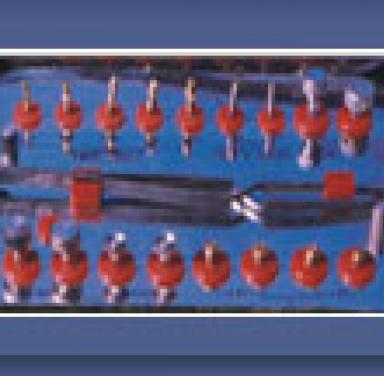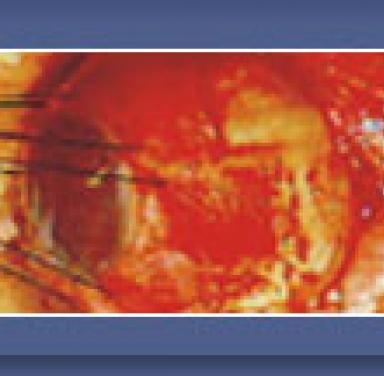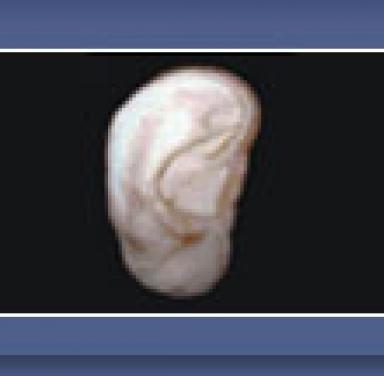
Biomedical Devices For Internal Use
Biomedical Devices for Internal Use (Implants)
Maxillofacial injuries leading to facial muscular tissue, bone and teeth loss and irreversible eye injuries are frequent accidental/operational mishaps. Not only do these add to the morbidity and man-days losses but play havoc with the self-esteem also. Persons with loss of teeth due to aging also belong to the same category. A large group of patients with hip bone fracture also require metallic implants to replace the femur head and neck. These prostheses are mostly imported and a large number of potentially productive persons remain handicapped for life because of the severe cost restraint.
DRDO has the expertise to produce titanium alloys for diverse Defence and industrial applications. Titanium, which has excellent osteo-integration property, together with other advantages like lightness, hardness and rust-free long life, makes an iDEAL material for bony implants compared to the conventional materials. DRDO, using the indigenous titanium technology, has developed several titanium-based implants that are now used quite extensively, both in the Services as well as in the civil sector.
A dental implant essentially consists of three engineered parts. A hollow serrated base fixes the implant into the dental cavity after integration with the bony and soft tissue. The central body gives shape to the implant and the upper screw helps to fix the artificial tooth on to the serrated base. A number of dental implants suitable for different clinical situations have been designed and developed. These have undergone phased clinical trials in more than 12 centres including Army Dental Core after obtaining Drug Controller General�s permission and are now available commercially.
A surgical tool box kit has also been developed as the conventional instruments were found not suitable for dental surgery involving titanium implants. It has since then become very popular with dental surgeons.
Bone Screws & Plates & Prosthesis
Osteo-integration property of titanium alloy has also been exploited for bone implants. Compound fractures where the bone is broken into several pieces often require internal fixation with metallic screws and wires, etc. The titanium screws and bone plates developed by DRDO have shown their worth in fixing skull and bone injuries. The same material has been used to manufacture hip prosthesis as a very cost-effective import substitute. The titanium hip prosthesis is undergoing clinical trials successfully.
Other Implants & Implant Materials
Loss of an eye causes not only a disability but also presents a cosmetic challenge. DRDO has coord- inated the development of hydroxy-apatite-based eye implant to fill in the physical space of the missing eyeball. Similarly, siliconised rubber is being used as a prosthesis material to give shape to the missing ear cartilage. To give flexibility to the outer ear when natural cartilage has been destroyed and re-moved, rubber is moulded into the ear shape and implanted under the skin after hARDEning.
A biomaterial, Bio-glass, is under development for filling in the space left by missing soft tissue (by splinters or blasts) and to give appropriate fullness and shape, particularly following maxillofacial injury and tissue loss. Bio-glass also helps in rapid healing of the wounds by providing a matrix for expansion of the healing tissue.



